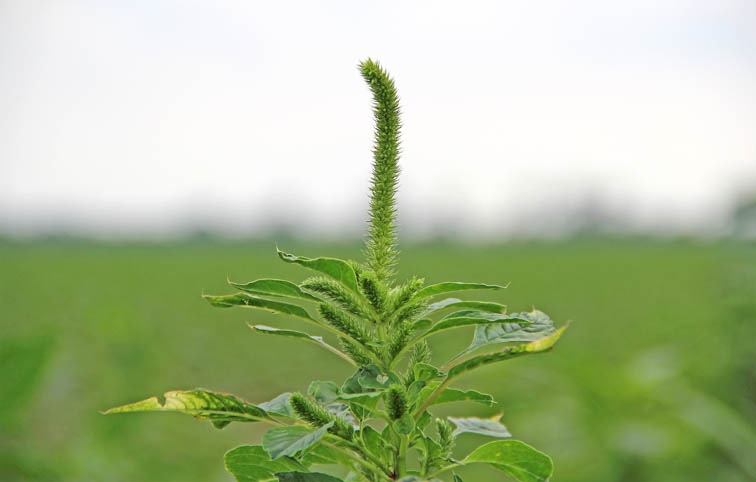June 18, 2012

A rising prevalence of weeds resistant to one or more herbicides, including glyphosate, increases the cost of row crop production in the United States, according to "Nature Finds A Way," a new report released today by researchers at Rabobank International Food & Agribusiness Research and Advisory (FAR).
Soybeans and cotton are especially susceptible to herbicide-resistant weeds, as they have fewer chemical options for weed control. The "Nature Finds a Way" report states that weeds with resistance to herbicides, including glyphosate, are becoming particularly prevalent. Over 90 percent of the U.S. soybean acreage is planted to glyphosate-resistant varieties, so weeds showing resistance to this herbicide present a large challenge for U.S. soybean farmers.
"The development of herbicide-resistant weeds increases costs of soybean production $10 to $45 per acre, depending on the level of infestation," says Sterling Liddell, Vice President of the Rabobank Food & Agribusiness Research and Advisory (FAR) group.
These herbicide-resistance challenges will require farmers to use a combination of different approaches to control weeds in the future.
Chemical herbicides will remain the primary control mechanism of choice, but tillage options will likely increase, as well. Glyphosate will continue to be an important platform for weed control, however, a variety of new modes of action are needed to supply more robust soybean weed management programs. In many cases, glyphosate continues to be perceived by farmers as a very effective management tool and they predominantly report the desire to enhance their glyphosate programs through the inclusion of new chemistry rather than completely replacing the herbicide.
New technologies, which address glyphosate resistance with active ingredients from other modes of action, could be readily adopted throughout the Corn Belt. The soybean industry will also need to develop new seed products to increase chemical diversity while allowing farmers to continue low tillage practices. Older chemistries present opportunities to add diversity to herbicide rotations.
The rising costs of soybean production and declining margins for soybeans will contribute to an increase in corn planting in the Midwest and Eastern Corn Belt in the near-to-medium term. This presents other challenges, many of which are outlined in a previous FAR report entitled "Can Corn Keep Up?"
"Sustained increases in global demand for soybeans will continue to push planting on new lower-yielding ground to the western regions of the U.S. and to South America," says Liddell. "Long term, soybean farmers will need to employ greater diversity in weed control practices, and that will allow them to increase levels of soybean planting in crop rotations."
You May Also Like




